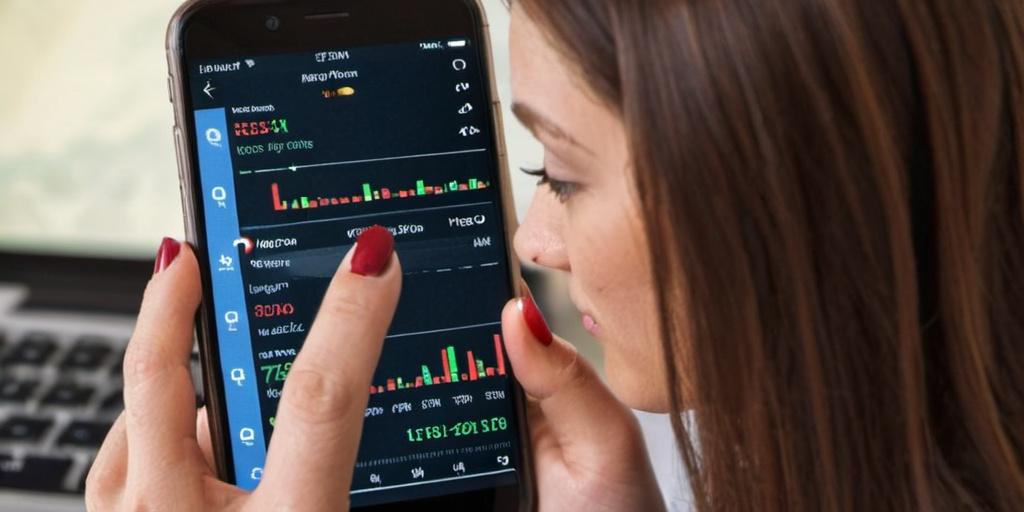Trading software is the engine under the hood. Whether you’re scalping tick charts or managing swing trades over weeks, the platform you’re using does more than display prices—it’s your execution point, your analytics hub, your risk control center. And when it fails, so do your trades.
There’s a wide gap between software that works and software that actually helps you trade better. Too many platforms overload users with flashy indicators or stripped-down gimmicks. But the best ones get out of your way. Fast execution, clean interface, stable performance, useful data feeds—that’s the baseline. Anything less turns trading into an avoidable mess.
Core Functions of Trading Software
At its most basic, trading software connects you to the market and lets you place trades. That includes:
- Price charts with technical indicators
- Order placement (market, limit, stop, bracket, etc.)
- Trade management (modifying, closing, adjusting orders)
- Account monitoring (balance, margin, exposure)
- Market data feeds (real-time or delayed)
But better platforms go further. They let you customize chart layouts, run backtests, set up algorithmic strategies, plug in third-party tools, and automate everything from entry to exit. If you trade actively, the software has to handle fast-paced conditions—especially around news events or sudden volume spikes.

What Separates Good from Bad Software
Speed and stability always come first. If your charts lag or your order takes five seconds to confirm, you’re operating blind. Trading software should respond immediately. Delays and glitches cost money.
Then there’s clarity. Too many platforms try to dazzle users with features most people never touch. You don’t need 200 indicators if you only use five. You don’t need 15 different chart types if you only trade off candlesticks. Good software strips away noise and shows exactly what matters—nothing more.
Execution flow matters just as much. Can you place a trade with one click? Can you set a stop loss automatically when you enter? Can you cancel multiple orders at once if things go sideways? The interface should move as fast as you do.
Integration also plays a role. A lot of traders use external tools—spreadsheets, alerts, screeners, news feeds. The best platforms either include those or support plug-ins that do. If you have to keep jumping between apps to manage one position, your process is broken.
Who Uses What?
Professional day traders lean toward low-latency platforms like NinjaTrader, MetaTrader (for forex and CFDs), or Thinkorswim (mostly for U.S. markets). These systems are built for speed, precision, and customization. You can map hotkeys, automate execution scripts, or set up conditional orders that trigger off technical setups.
Longer-term traders or those who prefer visual simplicity might stick with platforms like TradingView. It’s web-based, visually clean, packed with community indicators, and great for charting—but weaker on real-time execution unless linked to a broker.
Mobile-first traders often look at brokers with strong native apps. But most mobile software lacks full feature parity. They’re fine for checking trades or managing positions—but not great for active strategy development.
Some brokers offer their own software while also allowing use of third-party tools. Others lock you into their ecosystem. Tools like The Trader help navigate this by connecting strategy building and execution together, reducing the friction between analysis and trade placement.
Automation, Alerts, and the Edge
Automation isn’t just for algo traders. Even manual traders use automation to handle repetitive tasks. You can set conditional orders to trail stops, exit positions after certain conditions, or execute hedges. All of that happens instantly, without emotional interference.
Alerts are part of this. They act as your second brain—reminding you when a setup is close or when conditions shift. Sound alerts, pop-ups, emails, or mobile notifications keep you sharp, especially when managing multiple assets.
Advanced software also includes scripting capabilities—think Pine Script on TradingView or EasyLanguage on TradeStation. If you have an idea, you can build it, test it, and run it without needing a team of developers.
Don’t Choose Based on Looks
A clean interface doesn’t make software good. A beautiful layout won’t help if your trades get filled late or your data is off by ten seconds. And the “free” platforms often come with hidden costs—missing features, unreliable data, or forced upgrades.
It’s better to pay a small monthly fee for stability than to lose one big trade because your stop loss never triggered.
Try everything in demo mode. Stress test it. Load charts. Place fake trades. Watch how it handles volume spikes. See how fast support responds when something breaks.
Trading Software is a Tool—Not a Strategy
Even the best platform won’t fix a bad plan. It won’t save you from overtrading, chasing moves, or holding losers too long. But if you know what you’re doing, the right software makes everything smoother, cleaner, and more scalable.
It becomes part of your edge—not because it guarantees profits, but because it removes friction. Less clicking. Less waiting. Less thinking about the wrong thing.
When your setup matters more than your software, you’re close. But when your software quietly does its job without fail, you’re closer.
This article was last updated on: August 19, 2025